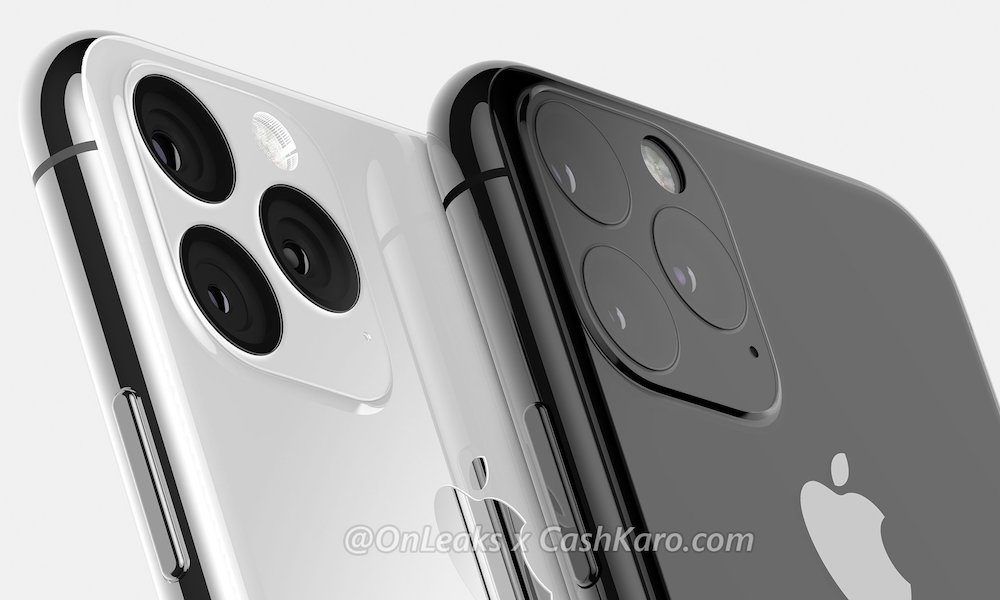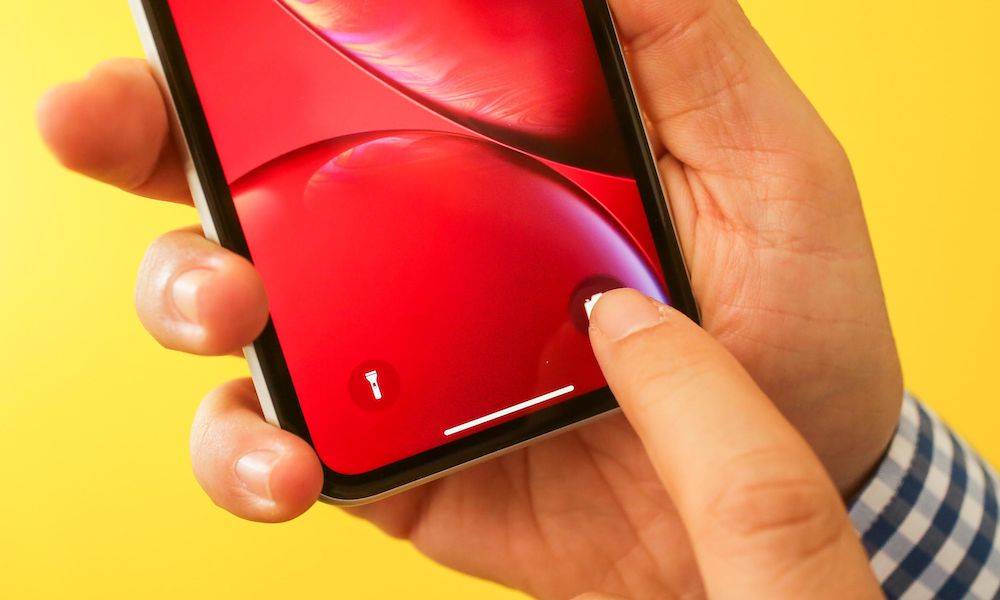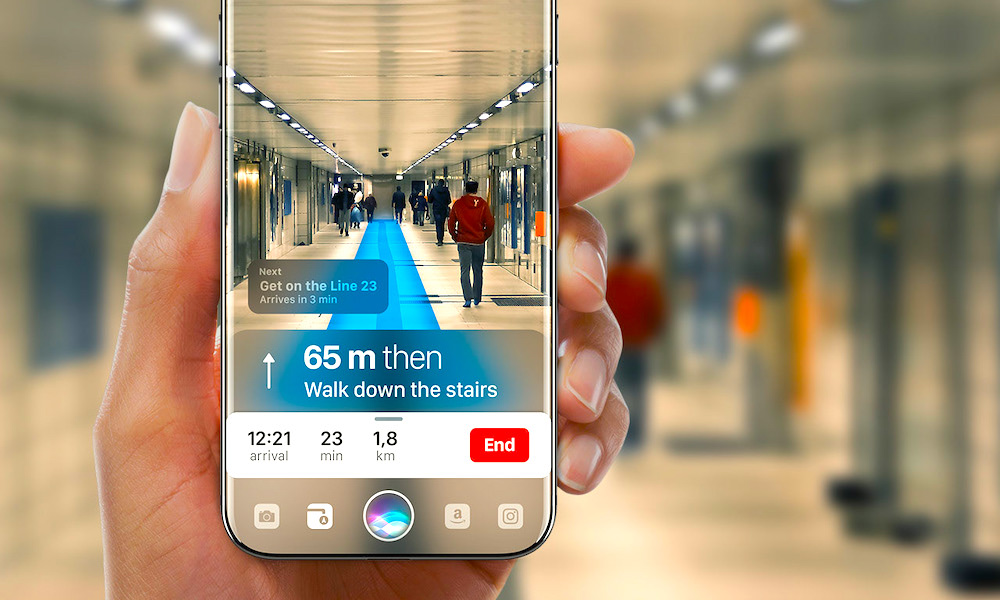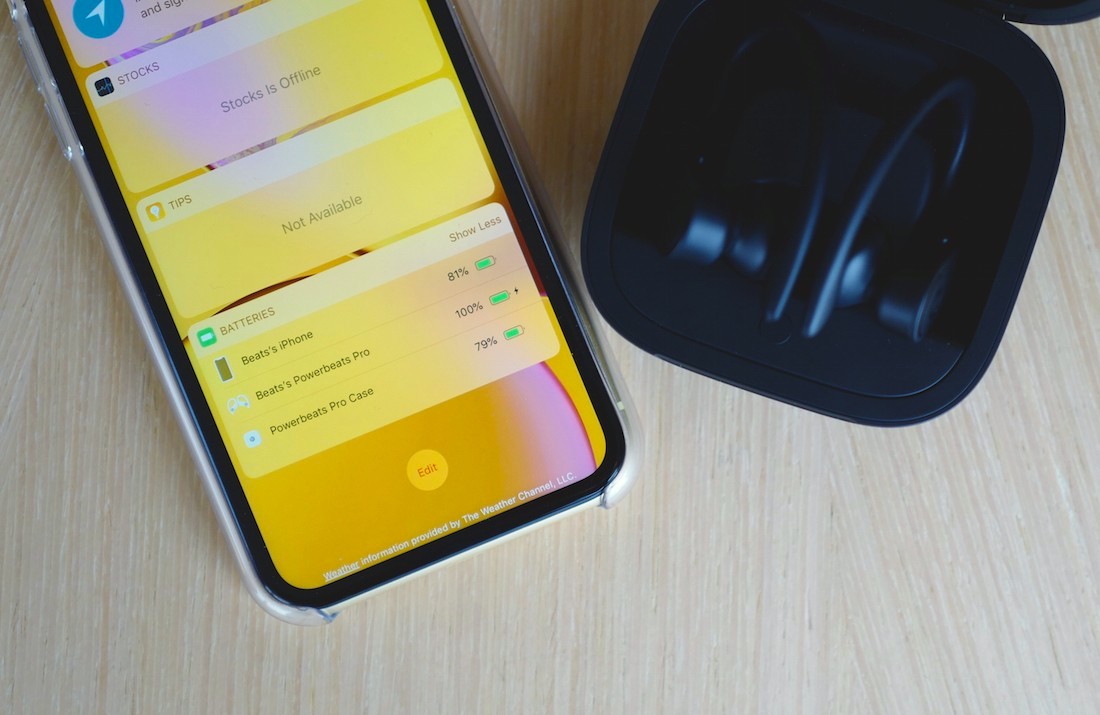6+ New Features Coming to the iPhone 11 Lineup
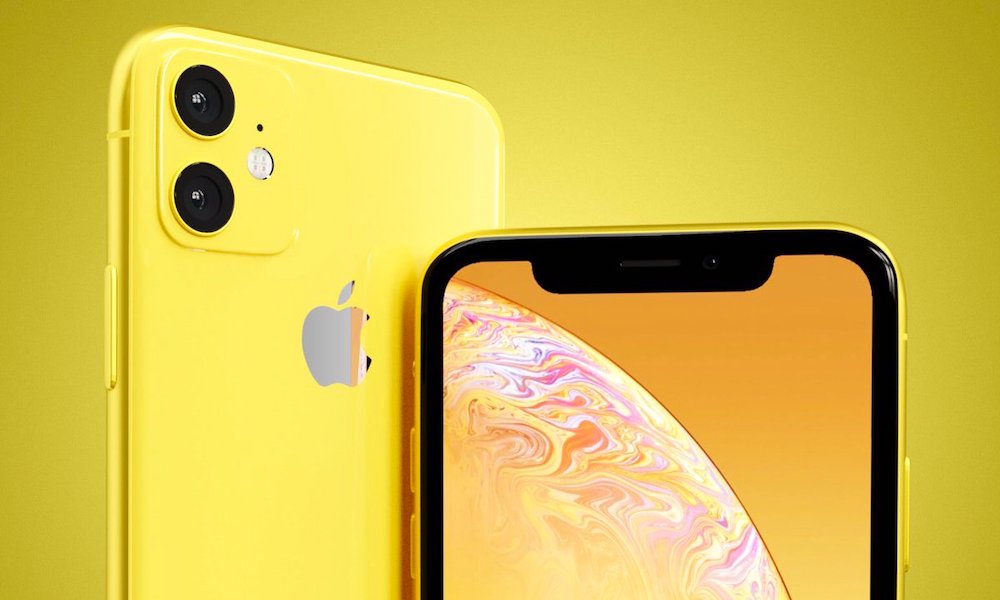 Twitter
Twitter
We’re likely only six weeks away from a new iPhone announcement event during which Apple will debut a new slate of flagship handsets.
The new 2019 iPhones are largely rumored to be direct successors to the iPhone XS, XS Max
Wide-Angle, 'Night Sight' Cameras with Smart Frame
If there’s going to be one standout feature about the upcoming iPhones, it’s likely to be their cameras. Apple is largely expected to introduce a triple-lens camera setup to at least one iPhone this year (and possibly two). The lower-cost, 6.1-inch iPhone could be bumped up to
As far as what benefits
The dual-lens camera on the iPhone XR, on the other hand, could bring optical zoom capabilities to the mid-range price tier. The front-facing camera may also support slow-motion video recording at 120fps.
Two-Way Wireless Charging
The 2017 and 2018 iPhone lineups brought Qi-based wireless charging capabilities to Apple’s handsets. According to a handful of reports about this year’s iPhones, Apple could be adding a new upgrade to the wireless charging feature. Reportedly, Apple may add two-way or bilateral wireless charging to its 2019 iPhones.
Basically, the new iPhones will be able to charge other devices wirelessly if placed on their charging coils. In other words, you may be able to charge your AirPods or another iPhone just by placing them on their backs. It’s a small change, but it’s one that makes sense since that’s already an available feature on the latest Samsung flagship.
New Design Changes
This year’s iPhone lineup isn’t expected to bring any major design changes, but Apple is still rumored to tweak a few things. For one, there’s that long-rumored, square-shaped camera bump that will accommodate a triple-lens camera (but could also end up on the dual-lens iPhone XR successor). Apple may also adopt a new type of glass back to mitigate its obtrusiveness.
Other reports suggest that the new iPhones could sport a redesigned Mute Switch, a new frosted glass back design, and may be up half a millimeter thicker. The aforementioned iPhone XR successor could also come in new lavender and green color options — which may replace the existing blue and coral shades.
'Revamped’ Taptic Engine
Just this week, a new report suggested that the 2019 iPhone lineup will feature an overhauled Taptic Engine internally codenamed “leap haptics.” But, other than its working name, there’s nothing else that’s known about the new Taptic Engine or what changes it might introduce.
We have a few guesses, however. Last year, Apple introduced Haptic Touch on the iPhone XR — essentially a new brand name for a long press. And there’s mounting evidence that Apple may be on the verge of killing off 3D Touch on its 2019 iPhones in favor of Haptic Touch. That includes analyst predictions, as well as changes in the iOS 13 betas.
Indoor Navigation and Better Connectivity
Based on multiple separate reports, Apple is likely to upgrade the wireless connectivity of its new iPhones across the board. A couple of those reports hint that the 2019 iPhone lineup may feature Ultra-Wide Band (UWB) support, which could allow for better navigation and positioning features when indoors. (Think indoor mall navigation, for example.)
Apple may also be planning on adding the 4x4 MIMO antenna design to its iPhone XR successor, allowing for better LTE speeds. Wi-Fi could be upgraded to 802.11ax across the board, bringing better data rates and performance to Wi-Fi networks. Users may also be able to connect two separate Bluetooth devices to their iPhones simultaneously.
A13 and Larger Batteries
It’s basically a certainty at this point that the 2019 iPhone lineup will feature Apple’s upcoming A13 chipset (which is reportedly already being produced). While we don’t know much about the new SoC, you can safely expect a boost to performance. How much of a boost remains to be seen. The iPhone XR successor may also see a boost to 4GB of RAM.
As far as other internal component upgrades, Apple is also rumored to be bumping up the battery sizes on its new devices. That’s mostly to accommodate the new bilateral charging

